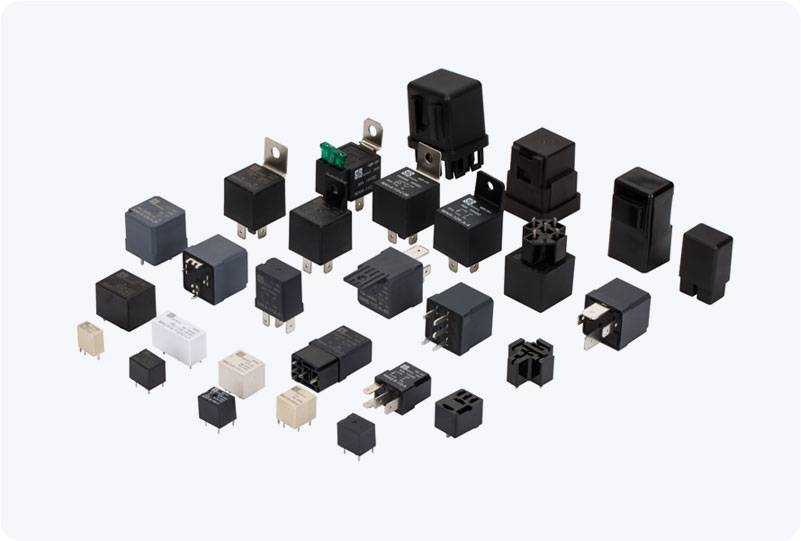understanding the dual relay module: a key component for automation projects
Release time:2025-04-21 00:11:58
A Dual Relay Module is an essential component in various electronics and automation projects, providing an efficient and reliable solution to control high-voltage electrical devices with low-voltage signals. This module enables users to control two separate circuits independently, making it particularly useful for projects that require switching on/off multiple devices simultaneously or sequentially. Whether you're working on a home automation system, industrial machinery, or a DIY electronics project, understanding how a dual relay module works and how to integrate it can significantly enhance the capabilities of your project.

What is a Dual Relay Module?
A Dual Relay Module consists of two individual relays on a single board, allowing users to control two separate devices or systems. Each relay is an electrically operated switch that can be triggered by a low-voltage signal, often from a microcontroller like an Arduino or Raspberry Pi. The module generally includes two channels, each controlling a distinct relay. A relay itself is composed of an electromagnet, switch contacts, and a spring, working in unison to either close or open a circuit when energized.
These modules typically use a 5V or 12V power supply and can control higher-voltage devices, such as lights, fans, or motors, that would otherwise be incompatible with low-voltage microcontroller outputs. The primary function of a dual relay module is to provide electrical isolation between the low-voltage control system and the high-voltage circuits, ensuring safety while enabling precise control.


